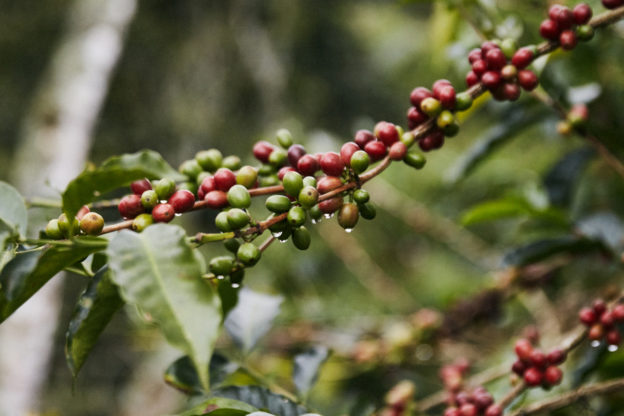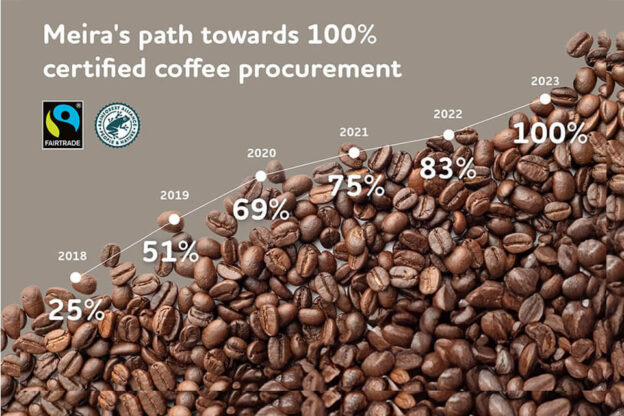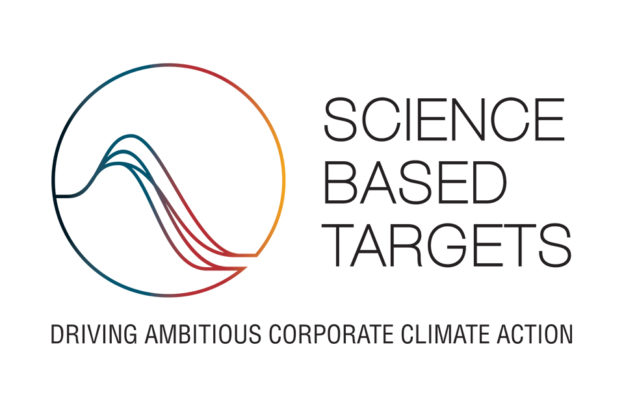Life cycle assessment and carbon footprints are used in food and environmental policy-making and, for example, in public procurement. One of the key reasons for determining the environmental footprint of food is to identify emission reduction targets in supply chains. In addition, the carbon footprint of food is increasingly being used in consumer communications and as a basis for environmental claims, as part of corporate sustainability work. The project promotes the need to develop life-cycle methods in the food sector in extensive cooperation, as recorded in the government program.
Common rules are needed for the calculation methods so that the communication of carbon footprint and other environmental effects of food, public debate and decision-making are based on as consistent, comparable information as possible.
The public debate often compares carbon footprint estimates of foods made by different methods and for different uses. The research carried out must be made methodologically comparable before it is possible and meaningful to compare the results, ”says Luke´s specialist researcher Juha-Matti Katajajuuri, the responsible director of the project.
A wide range of business and industry organizations work closely in this three-year project to ensure that the calculation guidelines serve the industry and are implemented by food system operators, administration, consultants and other research institutes. The goal is also that research and the industry can align the criteria and minimum requirements for calculation needed to support the communication of environmental footprints of food.




